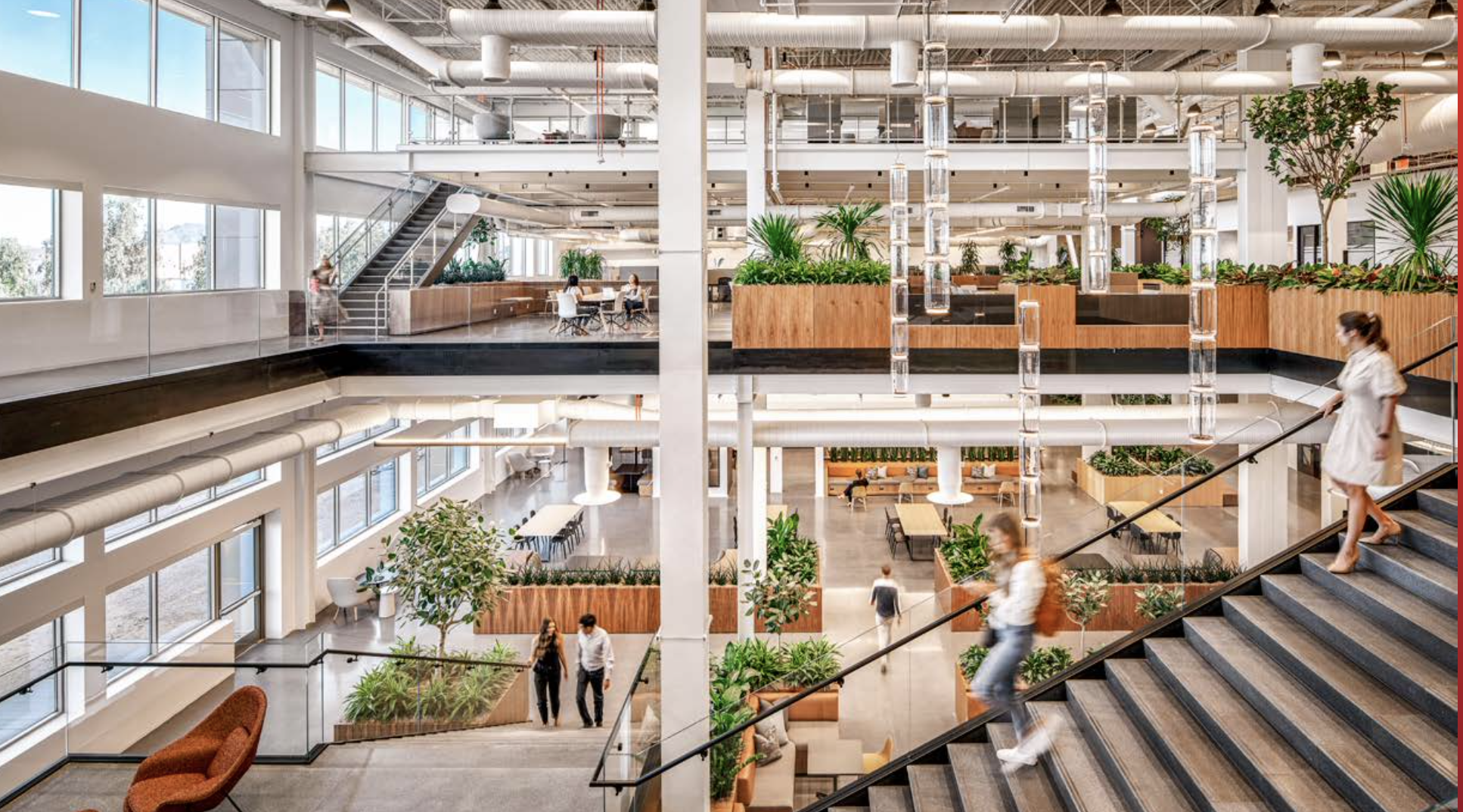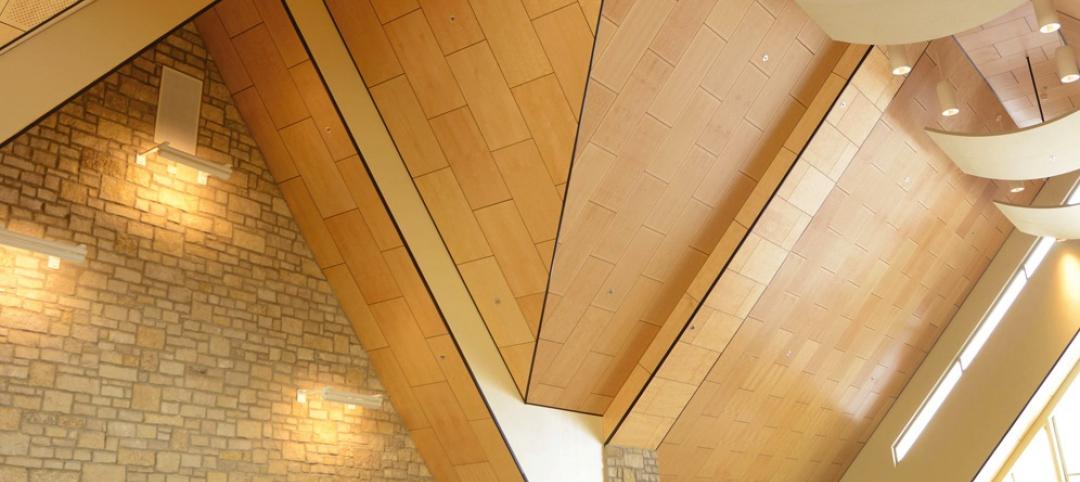Three “Ms”—mobility, multifamily, and multipurpose—will be common and key drivers of design across many practice areas, according to Gensler’s Design Forecast 2023, based on the international firm’s work in more than 80 countries.
The abiding premise of this 189-page report, published by Gensler Research Institute, is that the world is changing radically, and design must respond accordingly with bold new ideas if it’s to impact this transformation of buildings and cities. “Crisis and change have taught us a new way to approach design at Gensler,” write the firm’s co-CEOs Diane Hoskins and Andy Cohen. “It is an ongoing process, where research leads to experimentation and new ideas, which, in turn, lead to further investigations, discoveries, and motivations.”
The forecast identifies 10 megatrends—culled from the firm’s 29 practice areas—that Gensler believes will transform the future of cities:
- Reclaiming experience by prioritizing people’s needs and expectations
- Designs that connect work and life
- Building transformation through redevelopment and adaptive reuse of “stranded” assets to high-value property
- Attainable housing through greater multifamily design
- Decarbonization as part of larger social impact strategies
- Mobility, spurred by electrification, that helps to revitalize communities
- Equitable design that influences master planning to completed buildings
- Intelligent places, driven by technology that redesigns user experiences
- Flight to quality, where Class A space have competitive advantages
- Office as a destination, by featuring a mix of space that facilitate occupant focus and connection.
Rethinking physical spaces
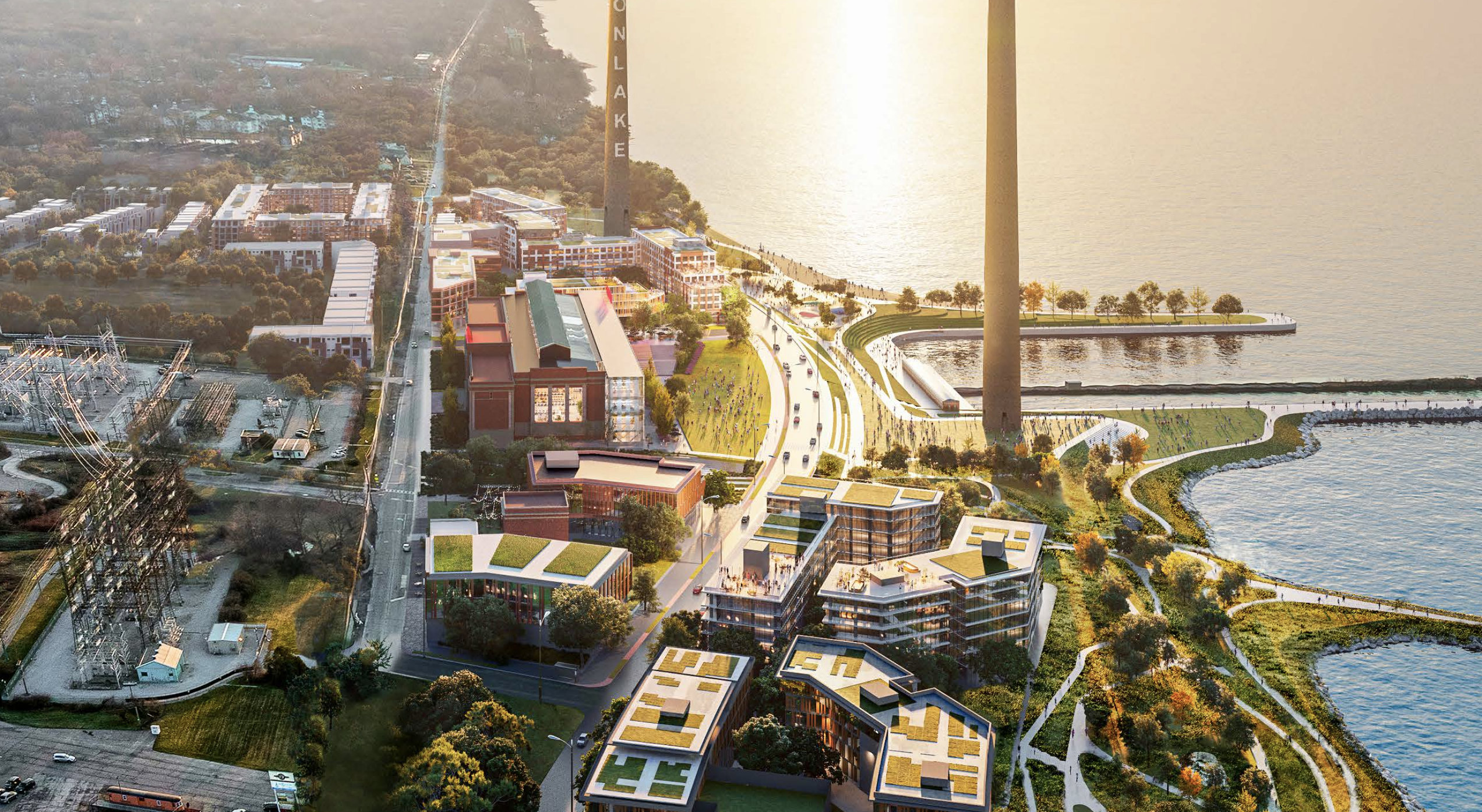
Gensler breaks down its forecast into four quadrants—cities, work, lifestyle, and health—and within each provides more specific insights by market sector and building type. Interspersed throughout the forecast are images of recent Gensler projects that illustrate various points of emphasis.
The forecast’s insights, for the most part, reiterate ideas and strategies that Gensler—and, truth be told, other AEC firms—have been advocating for years: for example, that places need to be designed to encourage engagement and create communities; that mixed-use design and construction are reshaping urban areas more equitably; that digital technology opens buildings to providing more inclusive experiences for their occupants.
What’s changed, and made design more urgent, has been a confluence of societal and economic events instigated by the pandemic and climate change that has altered people’s attitudes and habits about where they work, live, and recreate.
“This is an opportunity to rethink the physical workplace to offer a mix of unique and fulfilling experiences that can attract people,” states Darrel Fullbright, Gensler’s Office Buildings Development Leader, in the forecast’s “Work” section. “The real market differentiator is a new kind of office that allows tenants to sit, stand, and work while moving through sheltered, tempered outdoor space—all while feeling healthier and more connected to their community.”
Giving greater purpose to buildings
Here are some other notable observations in the forecast about the future of design for the built environment:
- Climate action and sustainability are top-of-mind concerns for developers, whose accountability and project transparency are steadily becoming mandatory in more cities. Gensler foresees carbon performance certifications permeating American and global real estate in the immediate future. The world will follow Europe’s lead as it charts a course toward regenerative systems. Transforming existing buildings and materials with reuse strategies will supersede new construction. “Certifications will emerge to better define and quantify socially responsible strategies—the ‘S’ in ESG,” writes Gensler.
- Supporting emotional and mental well-being will become a differentiator for recruiting and retaining talent. Workplaces that provide a sense of health and wellness will have an ecosystem of spaces that provide workers choice. New tools and codified metrics will allow AEC firms and their clients to understand how the built environment affects health and wellness.
- Education is the industry’s second-largest market sector in nonresidential building construction spending. Research shows that students want more choice, more hybrid learning, and generally improved student experiences. In response, institutions are leveraging lessons learned during the coronavirus pandemic while keeping a careful eye on declining enrollment and the global economy. The challenges they continue to face revolve around redefining the purpose of the physical campus, expanding services to support the whole student, and creating environments that prioritize equity.
- In the Residential market sector, the right reuse strategies and tools have started to reimagine underperforming office buildings and retail centers into housing. Trends in “flexible housing—modular buildings and kit-of-parts floor plans—will allow developers to evolve as market needs and expectations shift.
- In one of the hotter growth markets, sports and entertainment, Gensler sees success in terms of moving beyond game day. To thrive as cultural and economic anchors, sports venues must appeal to a broader array of fans than ever before, capturing even non-fans on game days and off days alike. Sports venues are evolving into dynamic hubs that foster social connection and community vibrancy.
- In a consolidating healthcare industry, systems must unlock the promise of scale through mergers and consolidations, the integration of digital technologies, and the harnessing of big data, against a difficult economic backdrop and labor shortages. Community-based approaches that equitably engage all constituents will be essential to delivering exceptional experiences that earn patient-provider loyalty and improve overall population health. Gensler also suggests that healthcare systems will redefine their services to tackle social issues such as affordable housing and food insecurity. AI and machine learning tools will transform healthcare by predicting and responding to patient preferences. Involving patients and providers in the design and implementation of digital solutions will shrink the health equity gap.
- Healthcare also becomes more critical as the world’s population ages. By 2050, 16 percent of that population will be 65 or older. And more people are living to be 100. This trend represents a “huge opportunity” for the senior living industry, states Gensler. The challenge is that rural senior living models aren’t as appealing as they used to be. Older adults are more active and living longer, and they are curious about living in urban centers closer to family and city conveniences. To make that future a reality, “we must design cities to be more affordable and more friendly to older adults,” Gensler states.
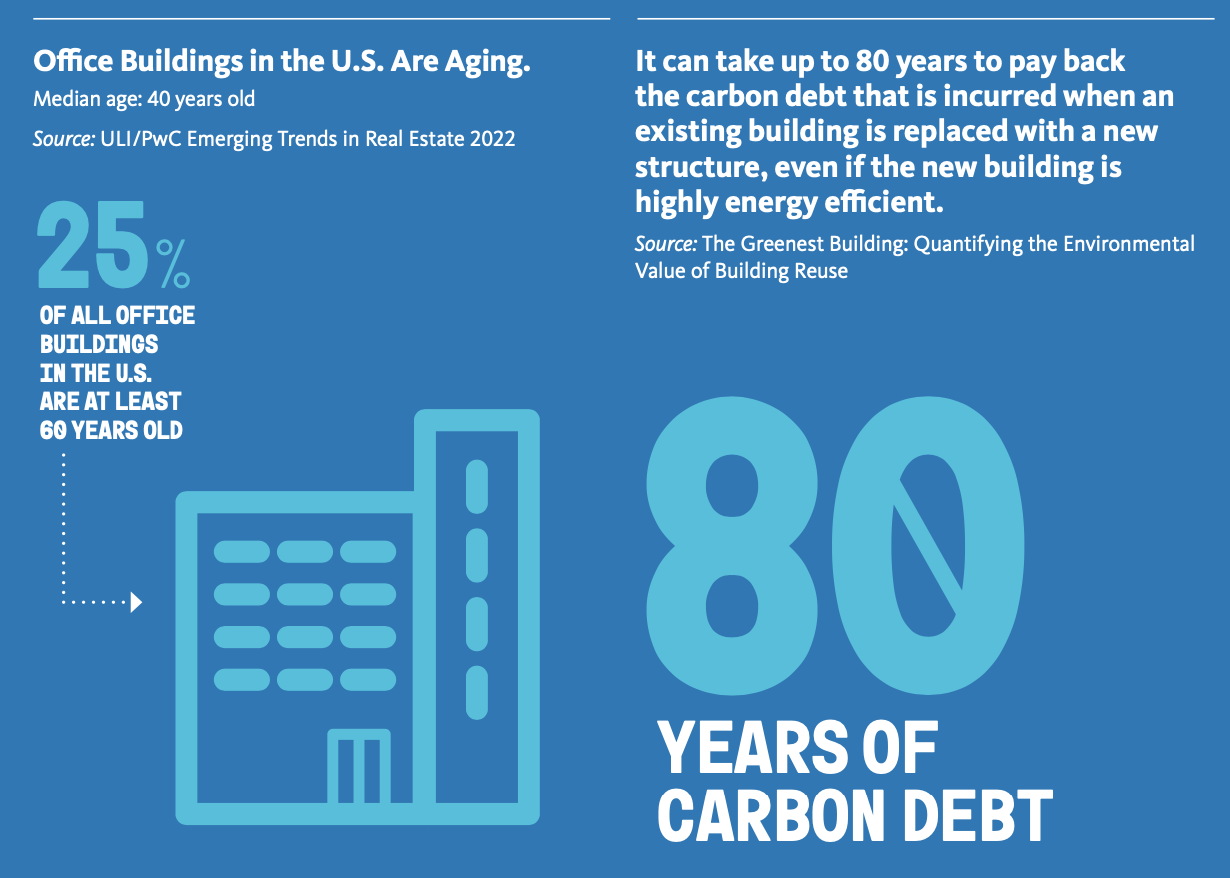
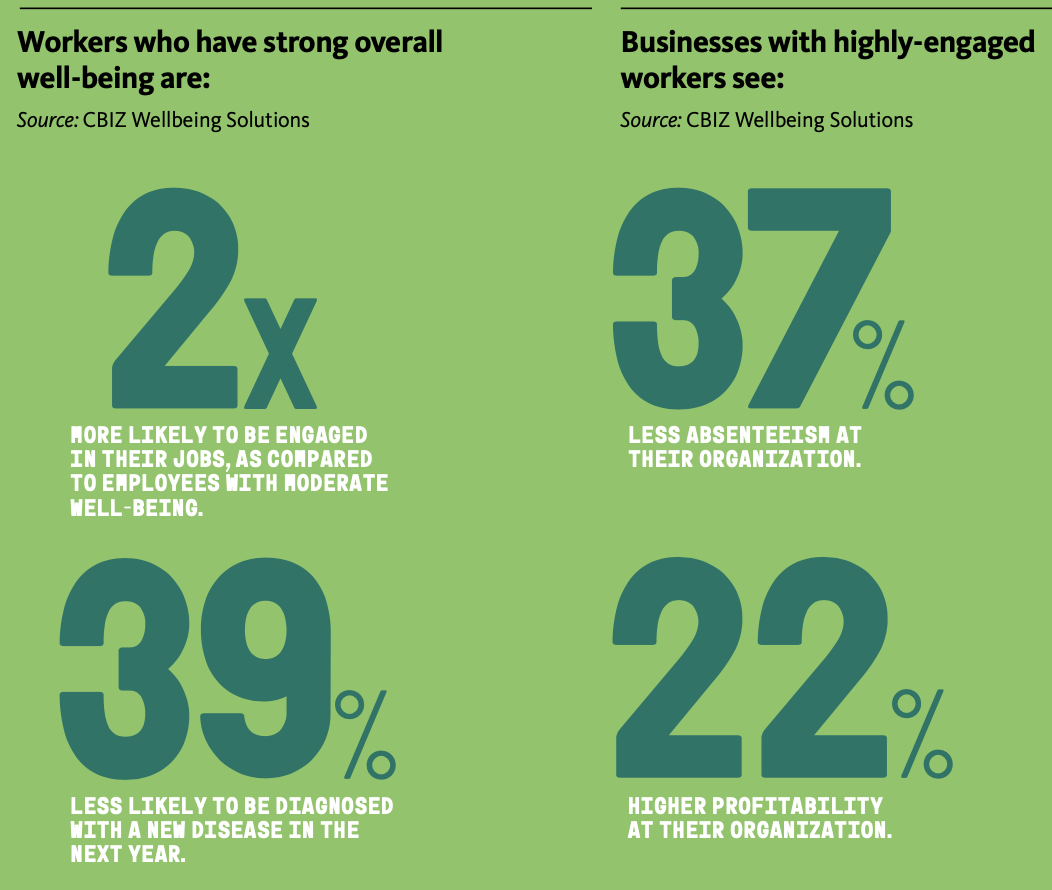
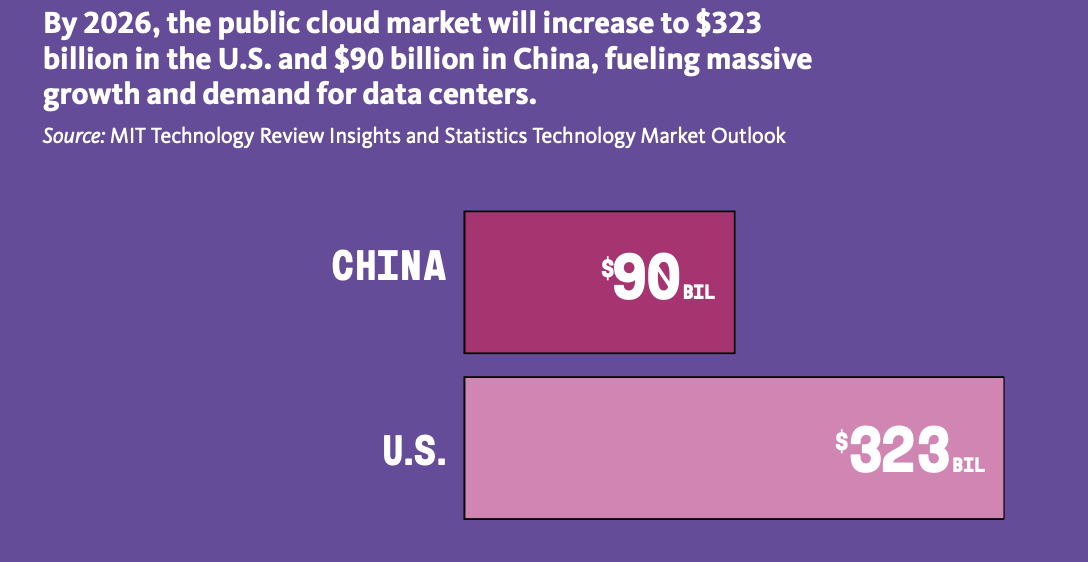
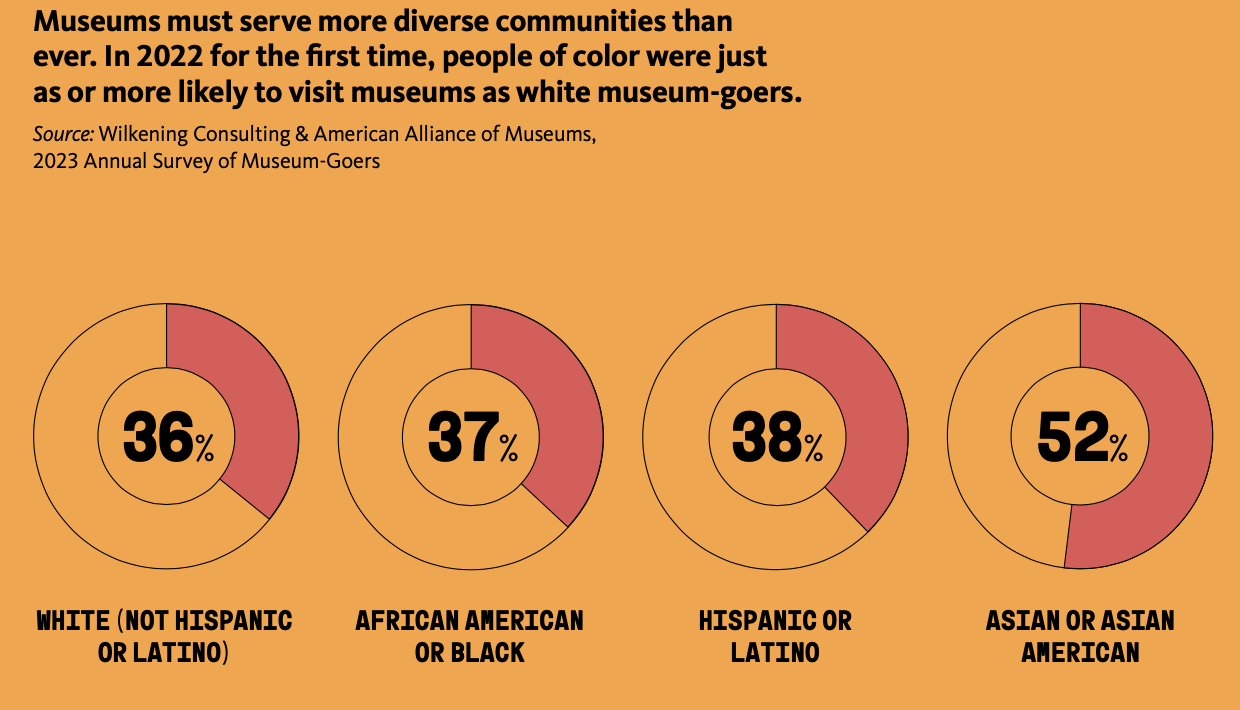
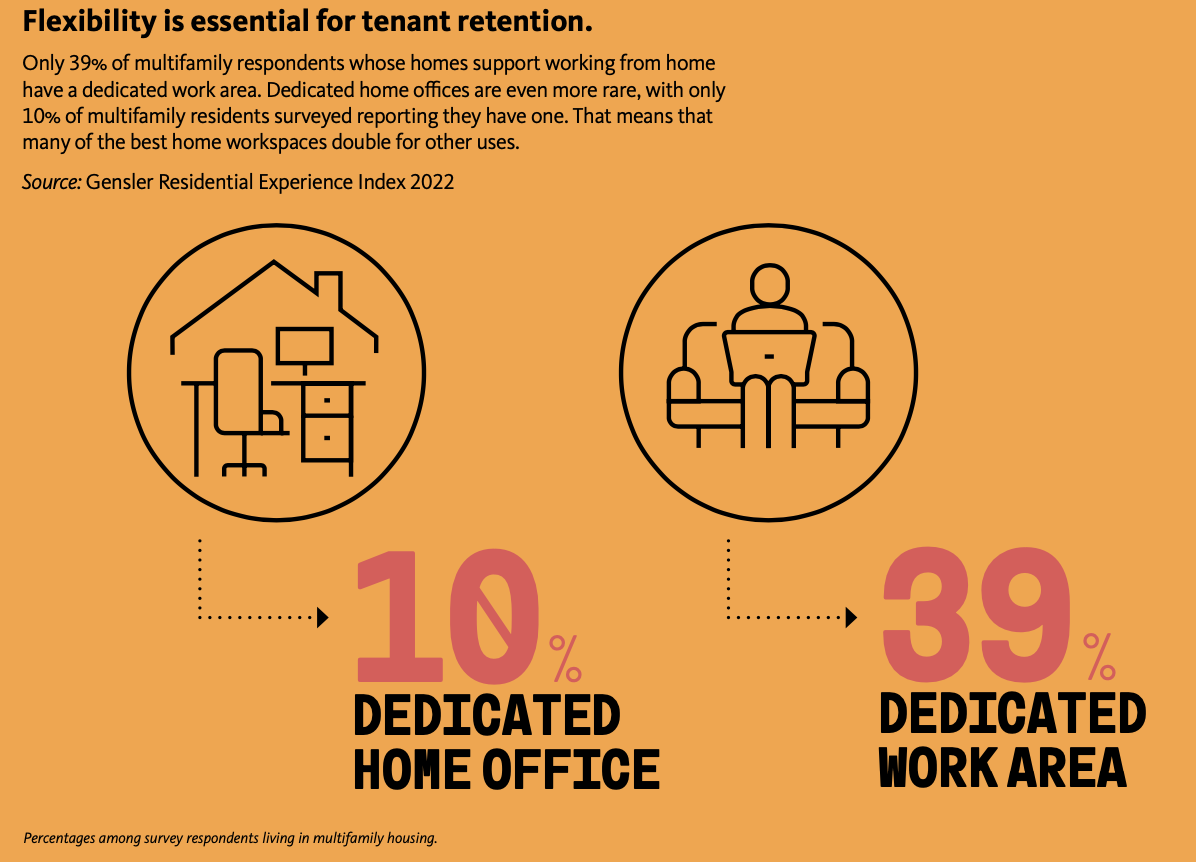
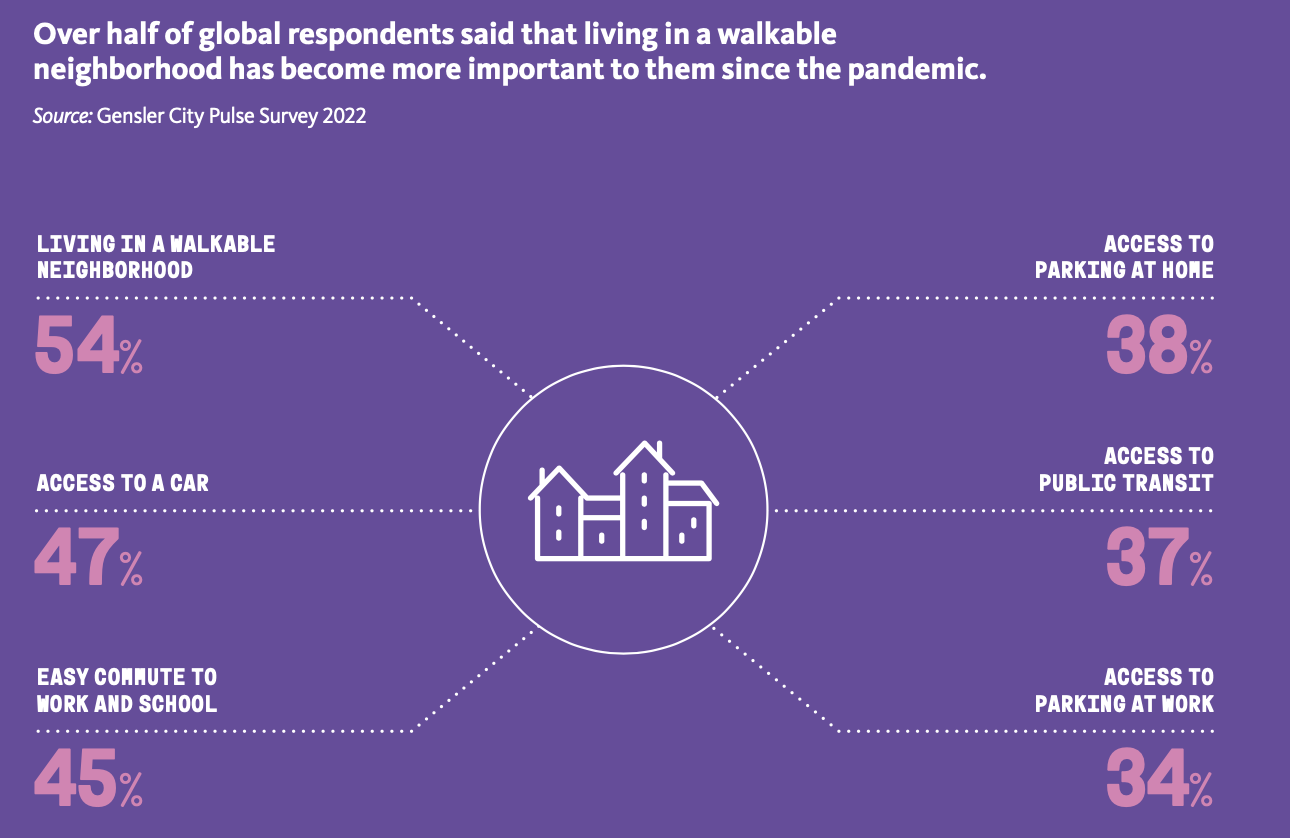
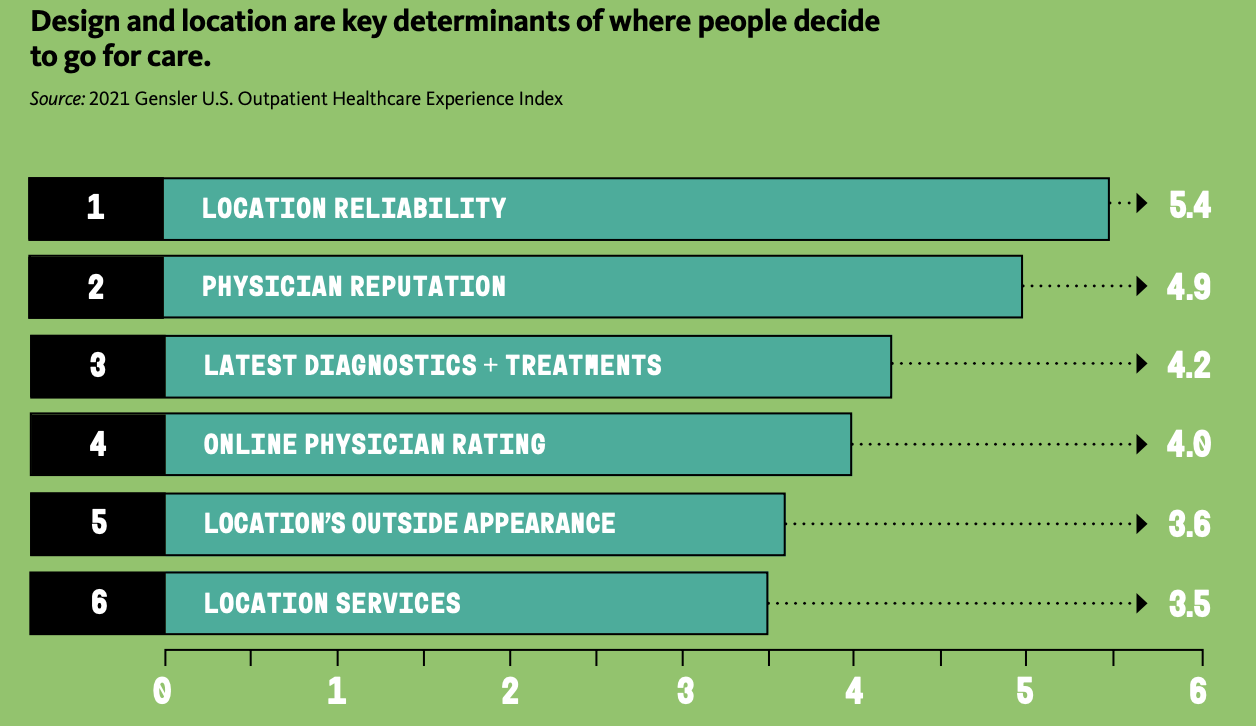
Related Stories
| Sep 22, 2014
4 keys to effective post-occupancy evaluations
Perkins+Will's Janice Barnes covers the four steps that designers should take to create POEs that provide design direction and measure design effectiveness.
| Sep 22, 2014
NCARB overhauls Intern Development Program, cuts years off licensure process
The newly adopted changes will be implemented in two phases. The first will streamline the program by focusing on the IDP’s core requirements and removing its elective requirements. The second phase will condense the 17 current experience areas into six practice-based categories.
| Sep 22, 2014
Biloxi’s new Maritime and Seafood Industry Museum is like a ship in a bottle
Nine years after the Museum of Maritime and Seafood Industry in Biloxi, Miss., was damaged by Hurricane Katrina’s 30-foot tidal surge, the museum reopened its doors in a brand new, H3-designed building.
| Sep 22, 2014
Open plenum vs. dropped ceiling: The debate over life cycle cost
While suspended, lay-in ceilings have long been the norm in commercial design, the open-plenum ceiling has become trendy and economical, particularly in office and retail environments. However, calculating the tradeoffs between cost and performance can be tricky.
| Sep 22, 2014
USGBC names 2014 Best of Buildings Award winners
The Best of Building Awards celebrate the year’s best products, projects, organizations and individuals making an impact in green building.
| Sep 22, 2014
Sound selections: 12 great choices for ceilings and acoustical walls
From metal mesh panels to concealed-suspension ceilings, here's our roundup of the latest acoustical ceiling and wall products.
| Sep 20, 2014
Healthcare conversion projects: 5 hard-earned lessons from our experts
Repurposing existing retail and office space is becoming an increasingly popular strategy for hospital systems to expand their reach from the mother ship. Our experts show how to avoid the common mistakes that can sabotage outpatient adaptive-reuse projects.
| Sep 19, 2014
Smithsonian Institution opens LEED Platinum lab facility
The Charles McC. Mathias Laboratory will emit 37% less CO2 than a comparable lab that does not meet LEED-certification standards.
| Sep 19, 2014
8 hot healthcare projects win interior design awards
Winners of IIDA's 2014 Healthcare Interior Design Competition include Perkins+Will, AECOM, Buffalo Design, and SmithGroupJJR, for projects from Cincinnati to Toronto.
| Sep 18, 2014
Final designs unveiled for DC's first elevated park
OMA, Höweler + Yoon, NEXT Architects, and Cooper, Robertson & Partners have just released their preliminary design proposals for what will be known as the 11th Street Bridge Park.


